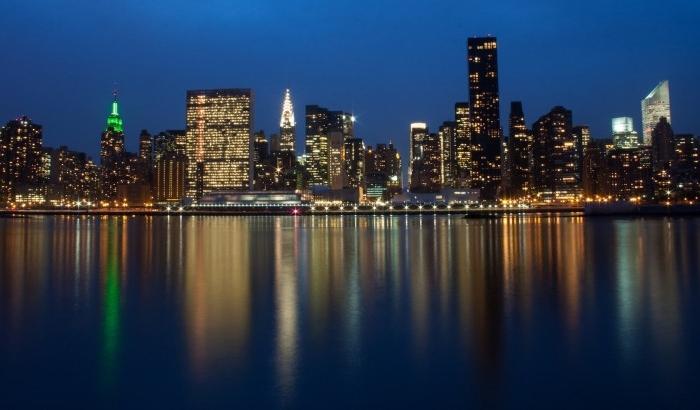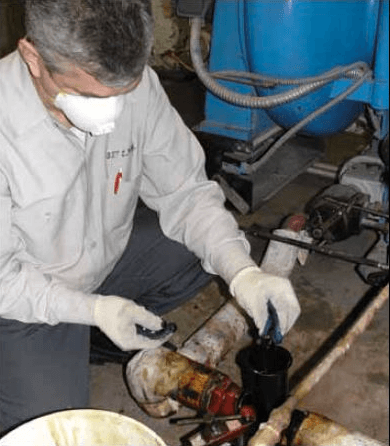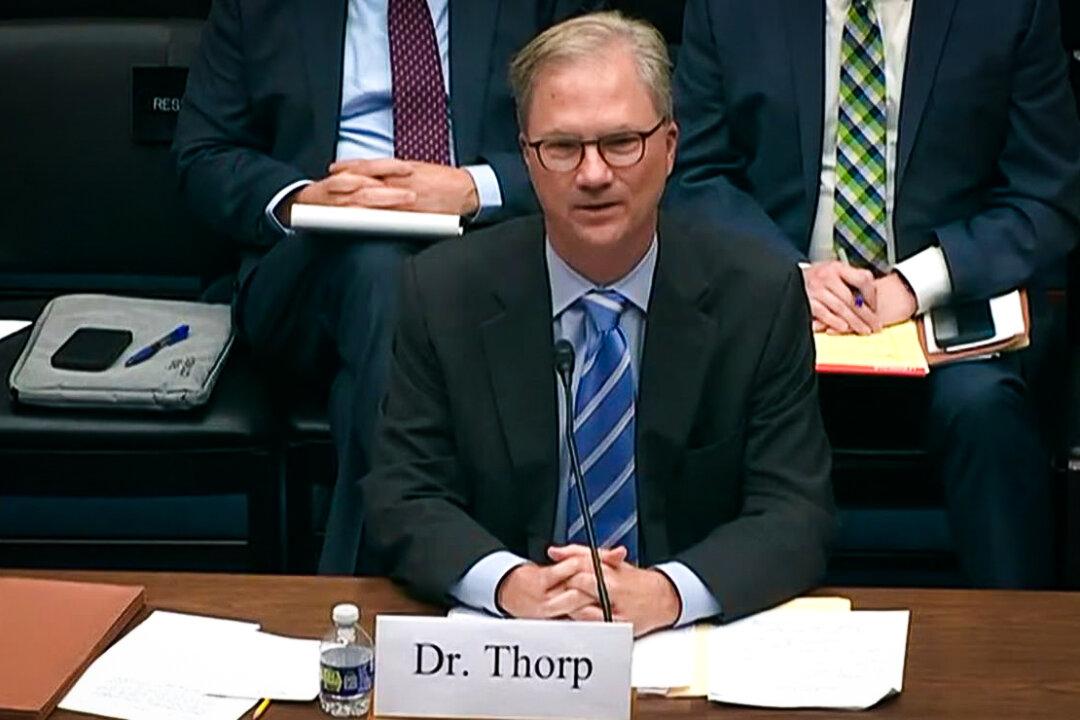NEW YORK—New Yorkers will breathe at least a little easier after the future conversion of approximately 9,500 buildings from one heating oil to another, or to natural gas, or steam.
Those buildings burn either No. 4 oil, considered a dirty energy source; or No. 6 oil, a dirtier energy source that the Environmental Defense Fund says “is basically unrefined sludge.”
Though they are only 1 percent of the buildings in the city, these buildings produce 86 percent of the total soot pollution from buildings, according to the city, or “more than all the cars and trucks in New York City combined.”
Building owners must renew boiler permits every three years. The city will stop issuing permits for No. 6 oil on July 1, so as three-year permits gradually run out through June 30, 2015, owners must convert to different fuel sources, or face a fine.
High Upfront Costs
Yet, as with almost all cleaner energy conversions, the high upfront costs for the program have deterred many owners from making the suggested leap from No. 6 to No. 2 oil, or natural gas.
“A lot of [owners] are just going to convert to No. 4 oil, it’s the easiest thing to do,” said Frank Ricci, director of government affairs for the Rent Stabilization Association, which represents 25,000 property owners and agents. “A lot of them would like to convert to gas—because it’s cheaper—but they don’t have the money to do it ... the financing gets much too daunting for them.”
Mayor Michael R. Bloomberg earlier in June announced more than $100 million in financing for conversion to cleaner fuel. Ricci, however, was unclear about the specifics of the financing.
“We don’t know if that’s going to be helpful or not,” he said.
A mayoral spokesperson said the city has provided $5 million in insurance, so banks such as Chase and other organizations such as Con Edison can offer financing and other incentives without taking on all the risks involved.
“Building owners and property managers that are interested should call 311 or consult with the New York City Energy Efficiency Corporation,” she said. Corporation staff will assess buildings and say, “You’re eligible for this type of funding … and we should get started on doing these conversions now, during the summer, when you’re not using your heating system.”
Conversion Options
A main issue comes with how far the conversions should go. No. 4 oil has also been classified as too dirty, except it won’t be illegal until 2030. So building owners can switch to it temporarily, which may cost less than converting to the cleaner No. 2 oil, or natural gas, which requires a pipeline.
“People are always going to fight against something that’s going to cost them more money, but once we get over that hurdle, I think it’s going to be good for the city,” said Adin Meir, energy auditor for the Community Environmental Center. Meir, who audits homes for state programs and federal weatherization, said fuel conversions often come up during his audits. As an example of the cost, converting a 100-unit building to cleaner fuel can cost “way more than $100,000.”
Isabelle Bodmer Silverman, attorney with the Environmental Defense Fund, says building owners “within one to four years will start seeing substantial savings when they go to natural gas,” which is 30 percent cheaper than oil. Putting pipes down for funneling natural gas into buildings is more time-consuming and costly than conversion to No. 2 oil, though, which typically takes a day or two. But, if several buildings nearby coordinate—which the fund and the city are pushing for—they can get gas lines for lower cost, installed by Con Edison or National Grid.
Yet the fund maintains neutrality, says Silverman, promoting No. 2 oil along with natural gas. They are reaching out to building owners, who generally are aware of the mandatory conversion but sometimes think they have until 2015, instead of when their respective permits run out.
Study Cites Health Improvements
Pollution saved with conversion also saves lives, estimates a 2010 study by the Institute for Policy Integrity at NYU School of Law titled “Residual Risks, The Unseen Costs of Using Dirty Oil in New York City Boilers.”
Small particles in the soot caused by dirty fuel “can travel deep into lungs and even slip directly into the bloodstream,” and negatively affect health—for a person exposed to higher levels of soot, effects are comparable to a nonsmoker who lives with a smoker.
While particulates float into the city from as far away as Midwestern power plants, factors in the city are what the mayor’s administration has focused on. Measures such as hybrid taxis and congestion pricing have not passed through the state Legislature, the report notes, so heating oil is “one of the largest sources of particulate matter that the city can still try to control.”
The Epoch Times publishes in 35 countries and in 19 languages. Subscribe to our e-newsletter.












Friends Read Free